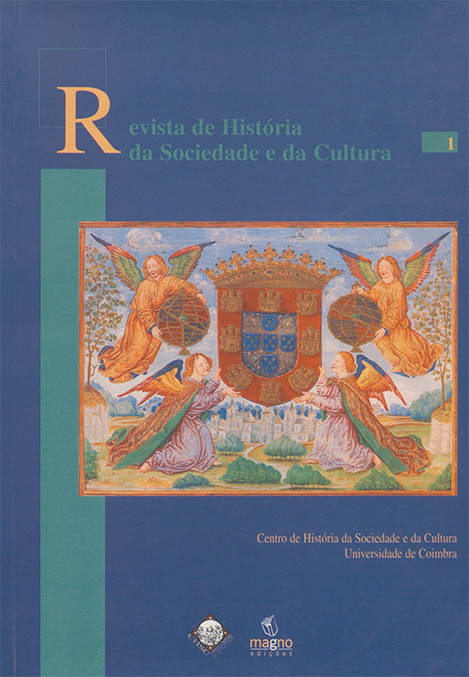The Birth of the "Borough" of Batalha
DOI:
https://doi.org/10.14195/1645-2259_1_13Keywords:
Royal Power, "Boroughs", 15th century, artisans, Urban Oligarchies, Social Networks, Gothic SiteAbstract
This paper focuses on the historical developments that led to the creation of the "Borough" of Batalha by royal edict in 1500. The author begins by describing the main models of "borough" settlement and governance in the Estremadura region from the 12th to the 14th century. He then analyzes the specific case of Batalha's rise, which occurred under the shadow of the construction of the Monastery of Santa Maria da Vitória, begun around 1386. Throughout the 15th century, the local population developed social, cultural, institutional, and political ties. Around 1450, the inhabitants demanded that Batalha be granted "borough" status, against the wishes of the competent legal authorities.
However, the municipality of Batalha came into being half a century later, due to the persistence of the local oligarchic powers, who continued to advocate for the establishment of a new "borough" within the Leiria district, and the favorable political developments in Portugal at the end of the 15th century. With the coronation of King Manuel I, a series of administrative reforms were implemented, particularly within the networks of pre-existing local powers. It is also worth noting that King Manuel I gave special attention to the Monastery of Batalha, the dynastic pantheon of the previous royal generations, which the monarch sought to elevate politically. This initiative aimed to develop the symbolic dignity of the village in accordance with the political and memorial significance of the royal mausoleum of the Avis dynasty, which was erected there.
Downloads
Downloads
Published
Issue
Section
License

This work is licensed under a Creative Commons Attribution 4.0 International License.
Authors retain copyright and grant the journal right of first publication with the work simultaneously licensed under a Creative Commons Attribution License that allows sharing the work with recognition of authorship and initial publication in Antropologia Portuguesa journal.











